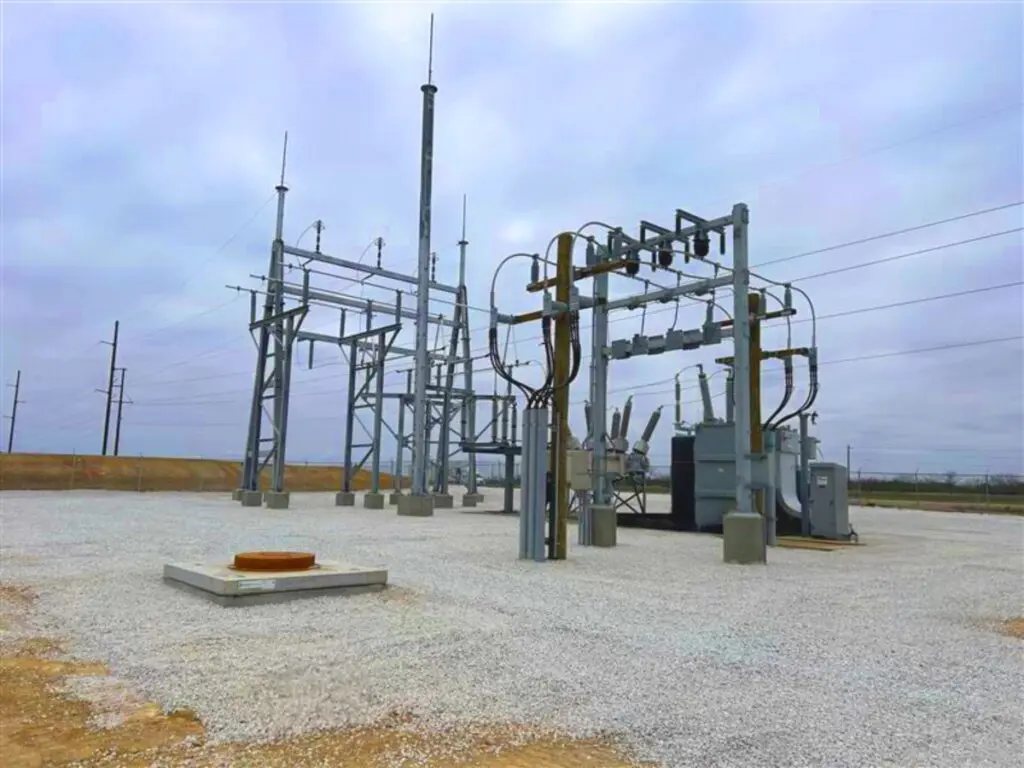

Want to share this article?
4 Procurement Strategies to Reduce Project Costs
In today’s economic climate, there is significant pressure on companies throughout the oil and gas industry to cut costs and be more efficient.
For many operators, purchased products and services account for a significant portion of their total cost to operate. This means that improvements in the areas of procurement and supply chain management, even by the slightest of margins, can have a substantial impact on overall profitability.
Historically, the oil and gas industry has lagged behind others when it comes to the use of advanced supply chain management techniques. Though by now, almost every producer and service provider has taken the obvious steps of pushing for supplier price reductions and minimizing capital expenditures, there is still significant opportunity for companies to benefit by reevaluating their techniques and developing a more strategic approach to sourcing.
Engage Early
One of the most effective ways to improve supply chain efficiency is for procurement teams to work further upstream in the preliminary design phase of the project. Engaging early with suppliers and collaborating with engineering teams during the front-end engineering design (FEED) stage will help reduce both project costs and complexity before it is locked in long-term. Early engagement also facilitates transparency amongst parties regarding how money is being spent, which allows companies to implement integrated strategies that better align with long-term corporate goals and initiatives. For instance, communication between leadership, engineering, and procurement personnel may unveil an opportunity to make purchases from a single supplier for multiple facilities. In addition to reducing supply chain complexity, this opens the door to the possibility of large-volume discounts and provides added certainty with regards to quality control and assurance.
Focus on Reducing Long-term Risk
Reducing risk in the supply chain is key to maximizing profits in both favorable and unfavorable economic climates. One way for operators to achieve that is to take into account the likelihood of having to operate under various market conditions by developing scenario-specific sourcing strategies.
In a high-oil-price environment, for instance, being able to quickly procure products and services to meet increased demand is critical. This may require sourcing the same product from multiple suppliers. Proactively identifying those suppliers ahead of time can expedite time to market, reduce costs, and lower overall risk. It can also be beneficial in a low-price-environment, as it provides operators with the opportunity to evaluate multiple options and choose the one that best meets the financial and operational needs of their facility.
Employing standardized designs can help to reduce supply chain risk as well. Although many companies, particularly in the offshore arena, have preferred the stick-built, fit-for-purpose design approach, standardization can simplify the procurement process and significantly reduce facility development time. Adopting this attitude company-wide requires communication between different departments. Procurement teams should stress to engineers the importance of reusing designs and optimizing existing systems in an effort to maximize efficiency in times of financial difficulty.
Collaborate with Suppliers
Because they are so focused on cutting their own costs in the low-price environment, many buyers often fail to acknowledge that their suppliers are being forced to do the same. Pushing for price reductions is necessary to maintain profitability during lean times, but pushing too hard may end up having negative ramifications for both parties in the long-term. In addition to short-term price cuts, operators can benefit by working with their suppliers to develop mutually beneficial strategies. Collaborating will help to identify opportunities for large-volume purchases – allowing buyers to receive discounts and suppliers to move inventory and maintain cash flow.
Total Cost of Ownership
Evaluating procurement from a total cost of ownership (TCO) has been widely used by oil and gas companies for decades; however, it is still overlooked by many supply chain teams on account of the perception that it is too complex to implement. This is particularly the case when margins are tight, as was outlined in a recent article by Bain & Company titled “Adopting a more strategic approach to procurement in oil and gas”, which said: “Most procurement teams say that they consider the total cost of ownership but often overlook it for short-term savings, especially in lean times. Applying the total cost of ownership correctly can be difficult because it requires a holistic view of spending across functions and time. For big projects, getting involved early in front-end engineering design allows procurement to participate in decisions that lock in 80% to 90% of costs.”
While there certainly are a number of complex cost estimation techniques and advanced software solutions available on the market, significant cost savings can be achieved by adopting even the most elementary of TCO methodologies. Simply going beyond purchase price and maintenance contract requirements to recognize additional life cycle costs related to change management, insurance, depreciation, disposal, and training can offer substantial financial benefits by giving operators the ability to identify areas for competitive advantage. Adopting a TCO approach is also more conducive to long-term success because it provides deeper insight into overall cost structures and allows supply chain teams to strategically source based on the unique financial and operational needs of the company.
JESSICA TAUZIN
Procurement Manager
Jessica Tauzin is the Procurement Manager at Audubon Engineering Solutions. She has over 10 years of experience working as a buyer and supervisor in both the onshore and offshore oil and gas markets. Jessica manages purchasing, expediting, document control, and 3rd party inspection departments. Her areas of expertise include project control, purchasing, materials management, contract management, procurement, and cost engineering. Jessica attended Louisiana State University.












